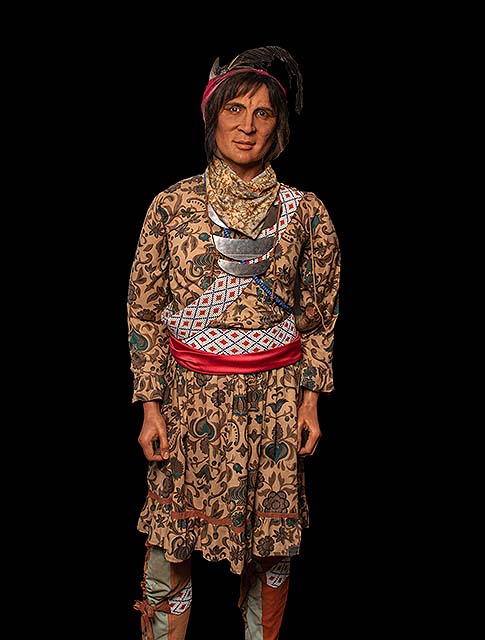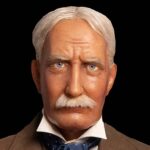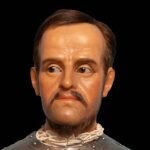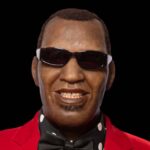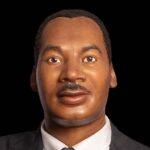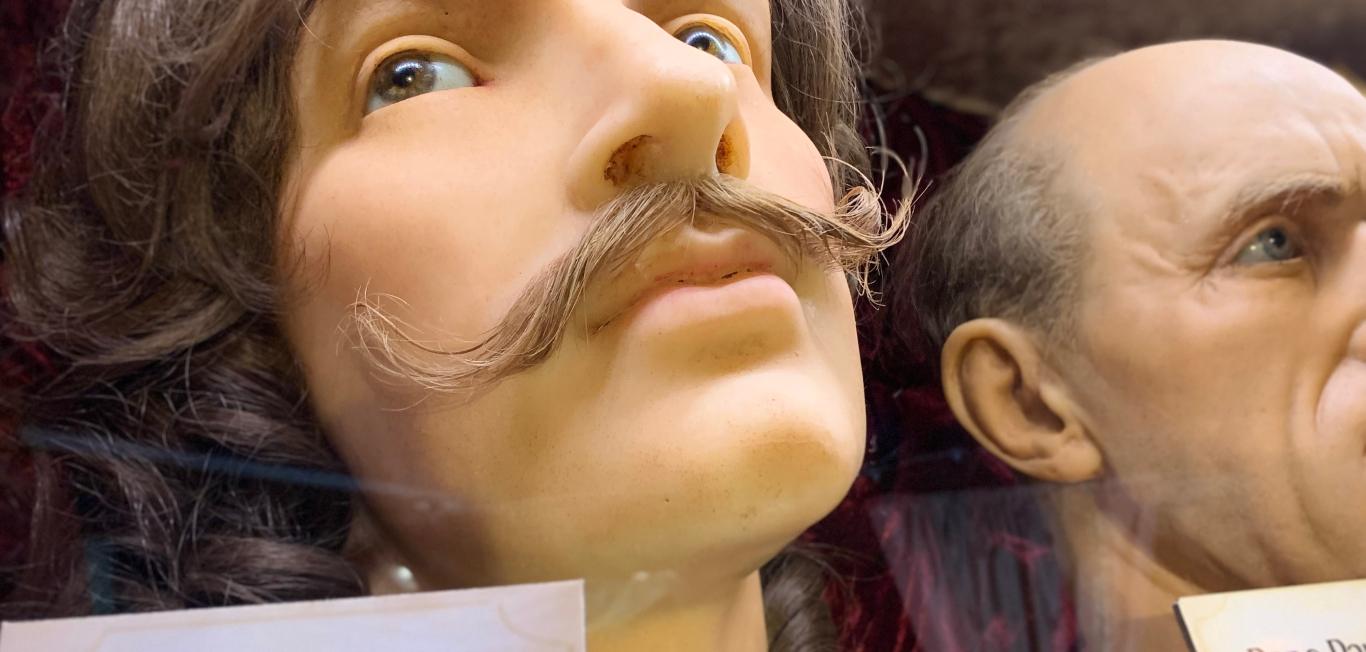Learn About Chief Osceola of Florida
Chief Osceola was born in 1804 to a Scottish father and a Creek mother. During his childhood, he went by the name Billy Powell, but later on, he adopted the identity of his hereditary tribe, the Florida Seminoles. Chief Osceola is identified as an American Indian leader who was instrumental during the Second Seminole War. The war started in 1835 after the U.S. government tried evicting the Seminole tribe from their traditional Florida lands to the Indian boundary along the west of the Mississippi River. Osceola shifted from Georgia to Florida, where, before becoming a chief, he was identified as a Seminole leader. He had led the young Indians in 1832 when they opposed Payne’s landing treaty. Several Seminole chiefs had already abided by the treaty, seeking to prevent removal from Florida.
In 1835, Osceola, alongside a group of brave young warriors, killed Charley Emathla. Emathla was a chief preparing to emigrate with his people alongside General Wiley Thompson, who was the U.S. Indian agent. Though Osceola was not a chief then, his followers recognized and honored him for his natural leadership capabilities. Between 1835 and 1842, Osceola believed in his actions and gathered his followers to oppose the forced eviction during the Second Seminole War. He was willing to go against the whites and the fellow natives who had cooperated with them. Osceola attended multiple discussions with white officials but left dissatisfied and disgusted.
DID YOU KNOW?
Though Osceola was not a chief then, his followers recognized and honored him for his natural leadership capabilities.
In October 1837, Osceola and other chiefs went to St. Augustine under a truce flag attended by General Jesup. The general ordered the imprisonment of the Indians. Osceola was overpowered and imprisoned, and after several escape attempts, he and the other Seminoles were brought to Fort Moultrie in South Carolina in December 1837. Osceola became known as a celebrity. He remained at Fort Moultrie, succumbing to a chronic throat illness and dying on January 30, 1838. The chief was buried outside the fort without his head, which Dr. Fredrick Weedon had removed to affirm his death. Chief Osceola’s biography reminds many of the struggle encountered by many natives in the U.S.
The Life of Chief Osceola of Florida
The life of Chief Osceola significantly explores the experiences of natives in the U.S. During the life of Chief Osceola, encroachment by white settlers resulted in violent crises that forced the migration of many tribes to the current Southwest. Chief Osceola’s life portrays him as an important traditional leader representing a remarkable past that transformed society. The life of Chief Osceola is characterized by immense courage, providing a historical landmark for the Seminole tribe. Chief Osceola’s strength impacted the Seminole tribe by exploring how warriors strive to incorporate their interests into society. Chief Osceola of Florida’s demands were perceived through his heritage, identity and experience, which triggered immense strength for fighting for the Seminoles.
Chief Osceola was regarded as an influential Florida Seminole leader who characteristically desired the need to enhance equality in society. The chief’s grave provides a remarkable site for reflecting upon the life and times of the historical figure. An analytical perspective of the chief’s life shows the need to develop a valuable impact on one’s community. For instance, the chief led a band of warriors for almost two years, resisting the U.S. during the Second Seminole War. This resilience portrayed a significant capacity for meaningful societal status as he fostered societal transformation.
By fighting for the Seminoles, the chief’s life indicated the need to enhance societal inclusivity. Chief Osceola influenced the natives by propelling a substantive social identity in the U.S.
The forceful eviction of the Seminoles by the U.S. military implies the loss of their heritage and status. Chief Osceola’s aggression in leading the Seminole warriors in Florida against the U.S. military gave him a significant status in the community. The forced migration of the Seminoles to a reservation west of the Mississippi River meant an end to their social development and wellness. The life of Chief Osceola indicates the need for meaningful social inclusion of American Indians and other natives.
DID YOU KNOW?
Chief Osceola's aggression in leading the Seminole warriors in Florida against the U.S. military gave him a significant status in the community.
The Story of Chief Osceola’s Head
Dr. Fredrick Weedon removed Chief Osceola’s head out of scientific curiosity. The head was jarred and pickled in Fredrick’s homemade concoction. After Weedon, the chief’s head was possessed by Dr. Whitehurst who, in 1843, sent it to Dr. Valentine Mott in New York. Chief Osceola’s head was accompanied by a note indicating that the celebrated leader had recently filled the imagination of the American public. According to the note, eliminating the “red man” portrayed a significant revolution to American policy and provided a remarkable formation of the country. Upon receiving the package, Dr. Mott replied that he was happy and thankful. He stated that the head would be preserved in his home’s library. The doctor expressed his fear of keeping the head at his Medical College Museum in New York, as it would be in someone else’s possession.
In 1858, Dr. Mott released a catalog containing his collection, and the head of Chief Osceola of Florida appeared first. According to records, on October 11, 1866, the Medical College based in New York that had preserved this collection was burned to the ground. Since the burning of the college, no further mention of Chief Osceola’s head exists in Dr. Mott’s family record. Neither is there record of the chief’s head being consumed by the flames. The location of Chief Osceola’s head is still up for debate, as there is a lack of satisfactory answers.
While alive, Chief Osceola was portrayed as a hero in American print culture. His name was synonymous with Florida Seminole resistance. Chief Osceola’s death generated significant fame for him as an iconic martyr. The chief’s death, and the removal of his head, signify the mythos of a brave leader who could delay the American revolution. The story of the head symbolized that the chief was no longer an active threat but remained a legend fighting for natives inclusion.
DID YOU KNOW?
Chief Osceola's death generated significant fame for him as an iconic martyr.
FAQs
What was Chief Osceola famous for?
Chief Osceola was famous for leading his tribe during the Second Seminole War in Florida. The chief was famous for his resilience in resisting the forced eviction of his people by the U.S. Army in the 1830s. Chief Osceola led several military actions against the U.S. and became a prisoner under a flag of truce.
Where is Chief Osceola buried?
Chief Osceola was buried next to the entrance of Fort Moultrie in South Carolina. The chief had been imprisoned under a flag of truce and resided at Fort Moultrie before succumbing to a chronic throat condition in 1838. The grave at the fort’s sally port provides a site to recount and reflect upon the iconic nature of Chief Osceola.
Does Florida State still have a Chief Osceola?
The current Chief Osceola of Florida is Josh Halley, an accounting and finance major and a Florida State University (FSU) senior. Since the tradition started in 1978, Josh Halley is the 13th person to bear the title. FSU has a tradition allowing it to use the chief’s image as a symbol.
Where is the head of Chief Osceola?
The exact location of Chief Osceola’s head remains unclear. Dr. Valentine Mott displayed the head in a museum where it was preserved until the building burned down in 1866. It is assumed that the head burned in the fire, but its whereabouts remain unverified. The rest of Chief Osceola’s body is buried outside Fort Moultrie.
What did Chief Osceola do for Florida?
Chief Osceola led the Seminole tribe in fighting against the U.S. Army during the Second Seminole War. The chief is famous for resisting the forced relocation of his tribe by the U.S. in the 1830s. Chief Osceola is an iconic figure in Florida’s history for resisting the removal of the Seminoles from their ancestral lands.
